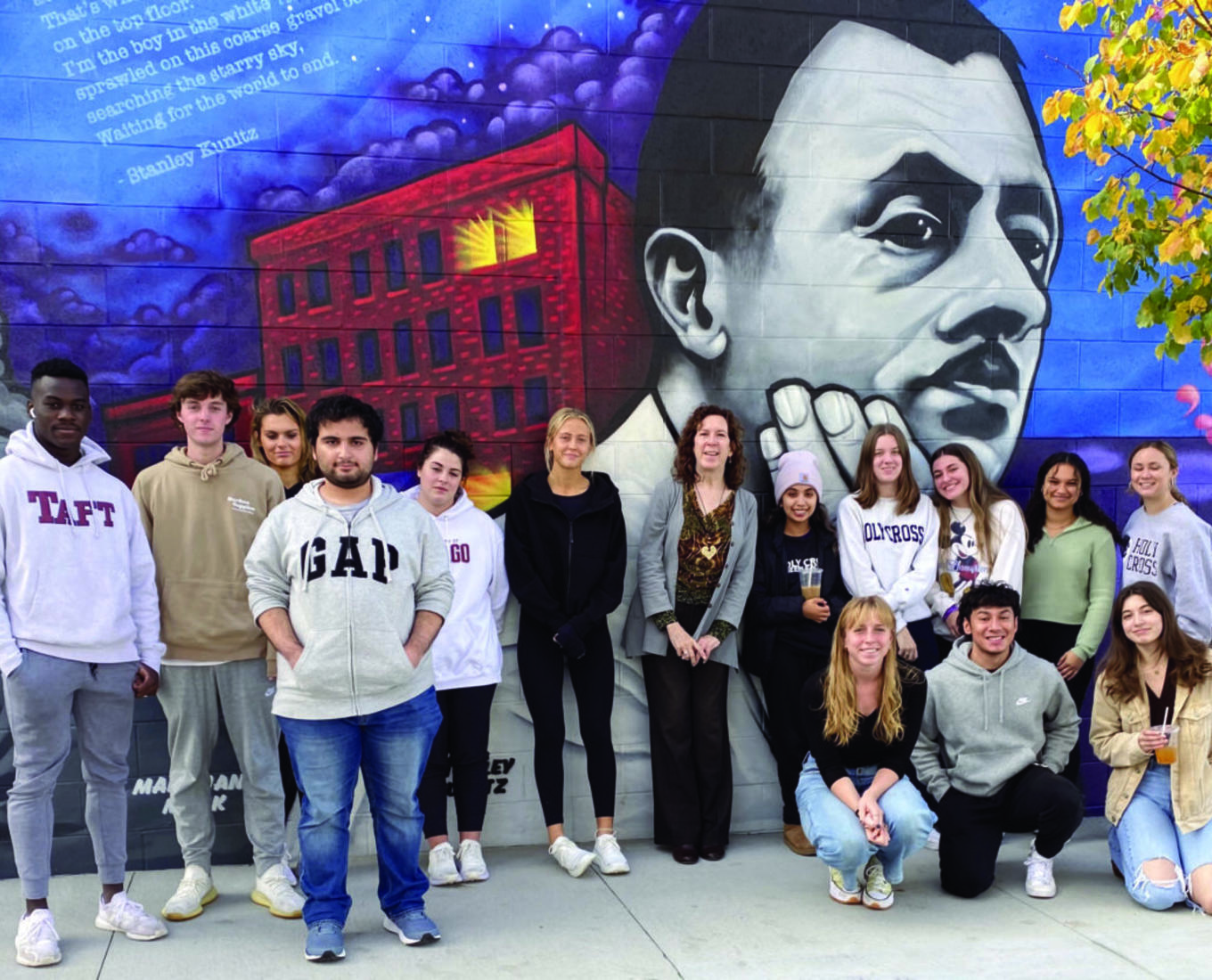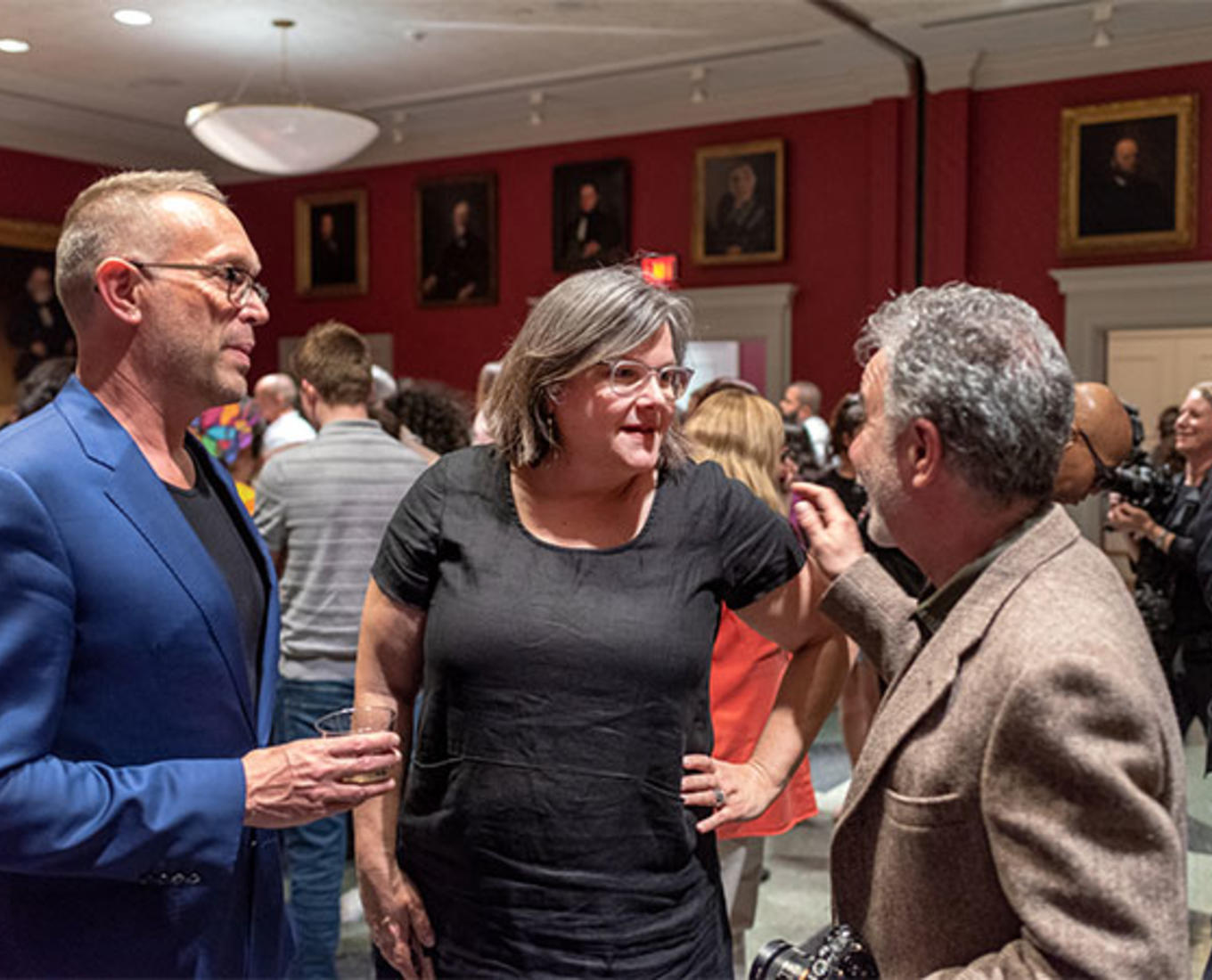Water has played a significant role in Bryce DuBois’ life since his childhood growing up in western Massachusetts’ Berkshire Mountains. Fishing with his father in the region’s streams and on the Rhode Island shore gave him a greater understanding of the restorative power of the environment, particularly areas around water.
It also gave DuBois, a visiting assistant professor of environmental studies, a first-hand perspective of what it was like to live alongside a scenic river — the Housatonic — and not be able to enjoy it due to PCB contamination. Despite not being able to swim, paddle or fish in the river, DuBois said he understood its significance as a place of deep connection with the community and the region’s history.
His interest led him to study the field of environmental psychology, an academic discipline that considers how people’s relationships with places are shaped by their dynamic experiences with space and affected by larger, often inequitable social systems and structures. DuBois chose to focus on public space and the politics of waterscapes, from beaches and coastal climate adaptation to the social and cultural restoration of rivers.
“If we talk about ecosystem restoration alone and we don’t think about and support the people, cultures and communities that are also part of that space, we are doing some injustice to the region,” DuBois said.
Having previously worked on ethnographic research about coastal parks in Staten Island and Long Island, DuBois became interested and then invested in the debate between federal, state and city agencies and environmental advocates over how to restore Rockaway Beach in Queens, New York, which was ravaged by Hurricane Sandy in 2012. To him, one item of particular importance routinely got lost in the discussions: that structural racism has shaped residential settlement of the peninsula.
“In a broader sense, the discussions must take into context the social and racial aspects of the place in order to understand how people think and make sense of what the area means to a community. This is necessary in order to make better decisions on how to articulate their visions for the future and to have those plans supported in the best possible way,” DuBois said.
The complex issues surrounding Rockaway Beach are examples of how restoration goals have different meanings depending upon how people are situated in relation to the ongoing structural forces, often racial, that affect these places, he said. Another is the ongoing work of the Blackstone River Commons, a collaboration led by Emily Vogler, associate professor of landscape design at the Rhode Island School of Design, that includes several Blackstone River and Narragansett Bay-focused nonprofits. Much of the organization’s focus since 2022 has been to advance fish passage around the lower four dams of the river. DuBois and his Holy Cross students have supported work that highlights the social and cultural significance of fish migration, including creating materials for an annual fish migration parade led by tribal members of the Narragansett Indian Tribe and the Hassanamisco Band of the Nipmuc Nation at the Slater Mill site, which is part of the Blackstone River National Heritage Corridor.
The purpose: to preserve and acknowledge the importance of the river as an ecological, cultural and recreational resource. The goal is the creation of a fish passage over the lower four dams to return herring to the river, he said.

